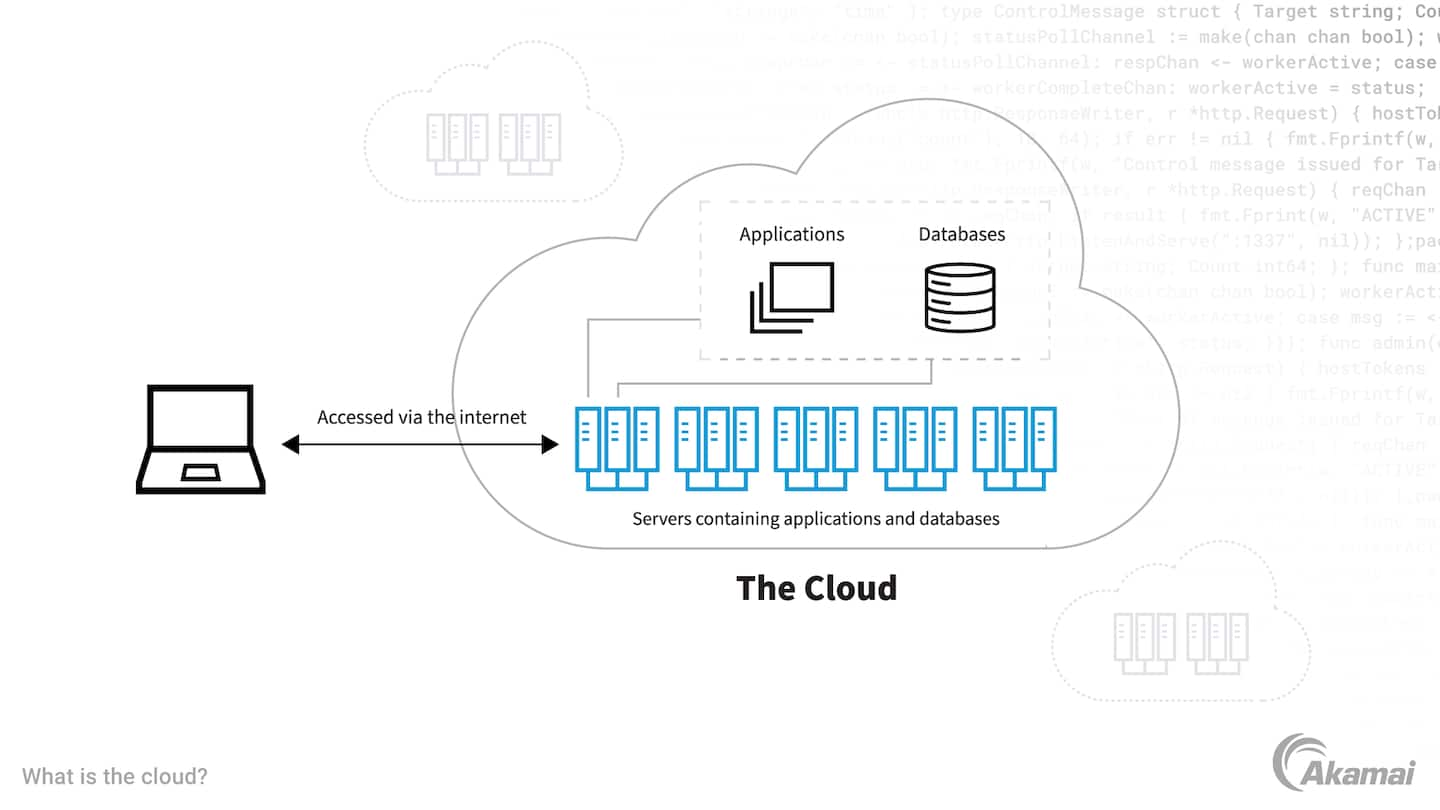Attain More with LinkDaddy Cloud Services: Enhancing Your Cloud Services Press Release Strategy
Attain More with LinkDaddy Cloud Services: Enhancing Your Cloud Services Press Release Strategy
Blog Article
Simplify Your Infrastructure With Cloud Solutions
As organizations navigate the ever-evolving landscape of innovation and information management, the role of cloud services in simplifying infrastructure has actually ended up being significantly prominent. Just how can services effectively browse this transition and really open the possibility of cloud services for simplifying their facilities?
Advantages of Cloud Solutions
Cloud solutions offer a streamlined method to managing IT facilities, supplying organizations with cost-efficiency, scalability, and adaptability. Among the key benefits of cloud solutions is the scalability they supply. Companies can quickly scale their sources up or down based on demand, ensuring they only pay for what they use. This flexibility is particularly helpful for businesses with fluctuating requirements or those experiencing growth.
Additionally, cloud services remove the requirement for businesses to buy expensive software and hardware. This cost-efficiency is a substantial advantage, especially for little to medium-sized enterprises aiming to reduce upfront expenses. By utilizing cloud solutions, companies can access premium IT sources without the large price connected with traditional facilities setups.
Furthermore, cloud services supply businesses with the flexibility to access their data and applications from anywhere with a web link. This degree of accessibility improves cooperation among teams, allows remote job, and increases overall productivity. The versatility used by cloud solutions encourages organizations to adapt quickly to changing market conditions and client demands.
Cost Cost Savings and Scalability
Along with the functional advantages highlighted previously, the combination of cloud solutions right into a firm's infrastructure yields significant price financial savings and enhanced scalability. Cloud solutions provide a pay-as-you-go model, allowing services to scale sources up or down based on present requirements, thereby preventing the prices linked with preserving excess capacity. This flexibility makes it possible for firms to adjust swiftly to varying demands without sustaining unneeded costs.
Furthermore, cloud solutions remove the requirement for upfront investments in software and hardware, minimizing capital investment. Operating budget are likewise minimized as firms no more need to take care of and preserve physical servers, bring about lower energy usage and IT staffing costs. Additionally, cloud solutions give automatic updates and maintenance, guaranteeing that the infrastructure continues to be safe and secure and updated without needing hands-on interventions.
Improved Protection Actions
Executing strict security steps is extremely important when incorporating cloud services into a firm's framework to guard delicate data and make sure compliance with industry laws. Cloud solution companies provide boosted protection functions such as data file encryption, firewall protection, and multi-factor verification to alleviate cybersecurity dangers.
Furthermore, regular protection audits and conformity analyses assist identify vulnerabilities and guarantee adherence to industry criteria. Business can additionally view publisher site take advantage of features like computerized safety and security updates and real-time threat surveillance offered by cloud company. By focusing on security actions and staying aggressive in attending to potential dangers, businesses can with confidence leverage cloud services while shielding their useful information from unauthorized accessibility or breaches.
Transitioning to Cloud Framework
To effectively incorporate cloud solutions into a company's infrastructure, an organized approach that attends to the change towards cloud-based options is crucial. Transitioning to cloud framework entails cautious planning and implementation to make sure a smooth movement procedure. The primary step is to assess the current facilities and identify which systems and applications are appropriate for movement to the cloud. This evaluation ought to think about variables such as information level of sensitivity, compliance requirements, and performance needs.
As soon as the analysis is full, a migration approach ought to be created. This technique needs to outline the timeline, sources, and responsibilities for moving each element to the cloud. It is vital to connect this strategy clearly to all stakeholders to ensure alignment and decrease disturbances during the transition.
Throughout the movement tracking, process and screening are essential to recognize and attend to any kind of concerns immediately. Regular checkpoints need to be established to track progress and make essential modifications. Additionally, training for workers on using cloud solutions ought to be given to make sure a successful shift and make best use of the benefits of the brand-new infrastructure.
Ideal Practices for Cloud Adoption
Effective fostering of more helpful hints cloud services pivots on the tactical placement of company objectives with technological capacities and business preparedness. To make certain a smooth shift to the cloud, organizations must begin by conducting a thorough analysis of their current framework and determining which workloads are best fit for cloud migration. It is important to entail essential stakeholders from various divisions in the decision-making process to get buy-in and resolve any worries early on.
Another finest method for cloud fostering is to prioritize safety and security and conformity. Organizations must very carefully evaluate the safety and security procedures supplied by cloud company and make certain that their information is protected according to sector requirements and governing requirements. Executing durable information security, gain access to controls, and regular safety audits can aid mitigate risks related to cloud adoption.

Final Thought

As businesses browse the ever-evolving landscape of innovation and information monitoring, the role of cloud solutions in streamlining infrastructure has become significantly noticeable - Cloud Services. Exactly how can services successfully browse this change and genuinely unlock the capacity of cloud solutions for streamlining their infrastructure?
Cloud solutions provide a structured technique to managing IT framework, giving companies with adaptability, scalability, and cost-efficiency. By utilizing cloud solutions, businesses can access high-quality IT resources without the significant price tag connected with typical infrastructure configurations.
To make sure a smooth change to the cloud, companies must start by conducting an extensive evaluation of their current framework and identifying which work are best suited for cloud migration.
Report this page